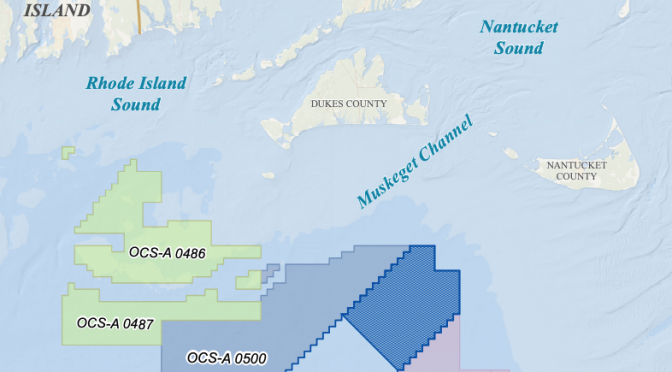US regulators today approved the country’s first utility-scale offshore wind farm, potentially the start of a wave of new projects off the country’s east coast.
The Bureau of Ocean Energy Management (BOEM) today announced its final approval for the 800MW Vineyard Wind I project, planned for the Atlantic Ocean off the coast of Massachusetts.
With the approval in hand, Vineyard Wind will be able to construct up to 84 turbines, with the project expected to begin delivering electricity in 2023.
US interior secretary Deb Haaland called the decision “significant milestone” for the country’s nascent offshore wind industry.
“The demand for offshore wind energy has never been greater,” Haaland said. “The technological advances, increased interest, cost effectiveness and tremendous economic potential make offshore wind a promising path for diversifying our national energy portfolio while at the same time combating climate change.”
The decision supports President Joe Biden’s push for the US to add 30,000MW of offshore wind capacity by 2030, part of his larger pledge to transition the US grid to 100pc zero-emissions resources by 2035.
The approval could provide a boost to renewable energy certificate (REC) markets in the New England region, where many states are set to ratchet up their clean energy mandates. Utilities in the region will increasingly depend on RECs from offshore projects like Vineyard Wind I as the decade advances, and delays to the industry have threatened to upset those expectations.
The US currently has two small offshore wind farms operating, one off the coast of Rhode Island and one off Virginia. But many states along the US east coast have set aggressive targets for bringing new capacity on line in the coming 15 years.
Massachusetts has already awarded contracts to Vineyard Wind I and to the 804MW Mayflower Wind project to help the state meet its mandate of deploying 5,600MW of offshore wind capacity by 2035.
Today’s announcement turns the page on a drawn-out chapter in the Vineyard Wind I saga, as well as the US offshore industry as a whole.
“It has been a long road to get to this point, but ultimately, we are reaching the end of this process with the strongest possible project,” Vineyard Wind chief executive Lars Pedersen said.
The project is a joint venture between power company Avangrid and Danish investment firm Copenhagen Infrastructure Partners.
Under former president Donald Trump, BOEM in 2019 delayed its review of Vineyard Wind I, citing the need to conduct additional analysis to account for the cumulative capacity of a larger-than-expected number of projects proposed along the US northeast coast. That decision pushed back the project’s original timeline, which would have put it on track for operations by the end of this year.
The protracted review effectively bottlenecked the offshore project pipeline as the industry waited for the agency to act.
And when Vineyard Wind late last year briefly withdrew its application from BOEM to update its construction and operations plan, the agency responded by cancelling its environmental review, sparking new questions about the project’s timeline. But the Biden administration’s aggressive focus on climate policy led to BOEM resuming the review in February and issuing its environmental analysis in March.
Sector advocates were quick to applaud thedecision.
“This approval should signal ‘go’ to all the supply chain companies that were waiting to see if the industry would move to commercial scale construction,” Business Network for Offshore Wind executive director Liz Burdock said. “All indicators point to the federal government continuing to move other projects forward through the permitting process.”


